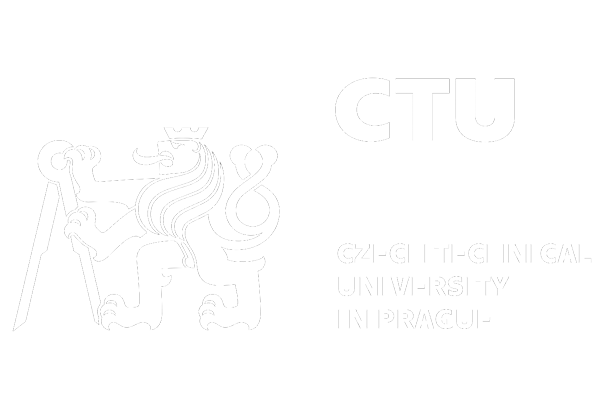ABOUT TEL4RAIN
Project TEL4RAIN
About Tel4Rain
Tel4Rain is an innovative effort that pursues exploitation of commercial microwave links of cellular networks as a means of precipitation observation in order to complement conventional rainfall measurements.
Commercial microwave links (CMLs) represent prominent example of unintentional precipitation sensors with great continental coverage. CMLs are point-to-point radio connections that operate on frequencies where raindrops substantially attenuate radio signal. This attenuation is strongly related to the rainfall intensity along the CML path, which makes CMLs potentially highly accurate rainfall sensors. However, these sensors are optimized and controlled for their primary function (telecommunication), not for precipitation observation.
Tel4Rain aims:
- to develop a robust system for providing reliable precipitation observation using the CML data based on advanced technologies to convert signal attenuation into rainfall intensities and
- to establish a framework for the system implementation into practical and later on even operational use. This presents a rather ambitious plan which requires inter-disciplinary and trans-disciplinary collaboration among scientists and researchers in the fields of hydrology, water resources management, and electromagnetic field (EMF) and involved stakeholders (national weather institutes, cellular operators, precipitation product end-users).
Highlights Tel4Rain:
- CML networks provide an ideal example of a new in-situ technology with global land surface coverage and breakthrough potential for solving one of the main Earth Observation challenges: rainfall observation, particularly in those areas across the world’s continents where traditional in-situ observation systems have gaps, e. g. in urban areas, mountainous regions, and in less developed countries.
- As operational CML networks already exist no additional infrastructure, energy or maintenance are required for the data acquisition which will thus be efficient and sustainable, also in less developed countries.
- By optimised algorithms CML-based rainfall can reach a high level of accuracy and the effort will ensure compatibility and interoperability of the data with relevant public and private counterparts and operational services.
- Operational solutions will be developed for the provision of different CML-based rainfall products as well as business models for securing wide-spread application of the concept.




